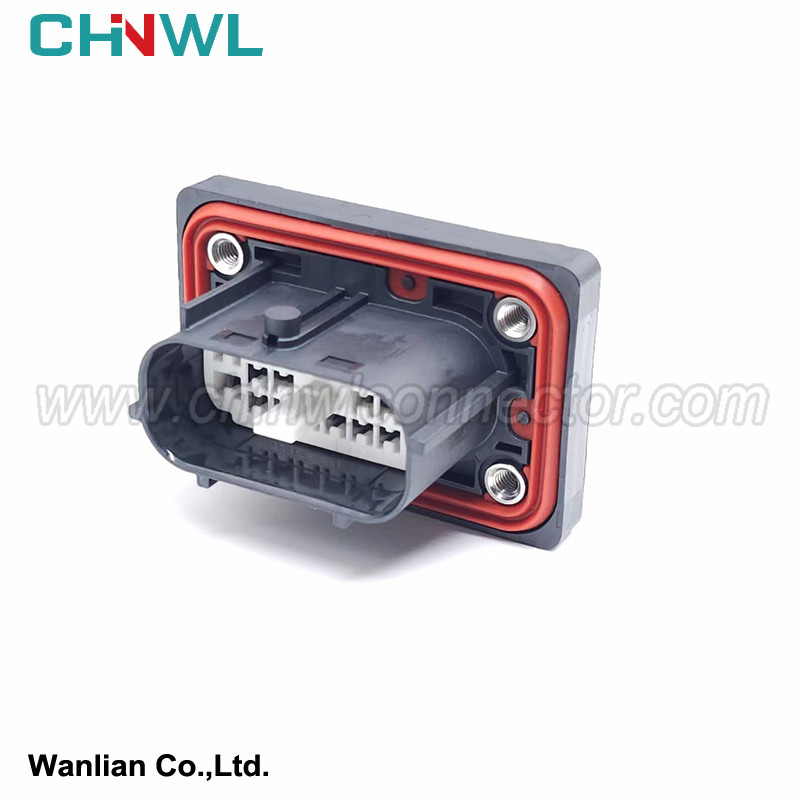

Wanlian #: WL205Y1-1.5-21
Mfr. #: 6188-6160 BP-S15A20M-1B
Mating #: WL205Y1-1.5-11
Accessories: Terminal Seal
|
Wanlian part number: |
|
WL205Y1-1.5-21 |
|
Original number: |
|
6188-6160 BP-S15A20M-1B |
|
Gender: |
|
Female |
|
Specification: |
|
Housing: PBT+G; PA66+GF; PA66; PBT; Nylon |
|
Type: |
|
Connector |
|
TUV, TS16949, ISO14001, ISO 9001, RoHS conform: |
|
Yes |
|
MOQ: |
|
No minimum order quantity |
|
Supply sample: |
|
Yes |
|
Customized drawing with Decal, Frosted, Print are available as request |
|
Yes |
|
Payment method: |
|
We accept Paypal, TT, Alipay, West Union etc. |
|
Transportation method: |
|
Air Transport: UPS, DHL, FEDEX etc; Sea Transport; Railway Transport; Freight Forwarding etc. |
|
Production Capacity: |
|
1000000pieces/Month |

When the engine is running and the primary circuit of the ignition coil is always on or off, the monitoring circuit will not receive alternately changing signals, and the monitoring signal fed back to the ECU will remain high or low. When the ECU continuously sends out the same number of ignition pulse control commands as the number of cylinders and the ignition monitoring feedback signal remains unchanged, the ECU will determine that the ignition system is faulty, immediately enter the emergency state, and compile the fault content into codes and store it in the Random access memory (RAM), so that it can be recalled during inspection and maintenance.
When the engine electronic control system is in the working state of the backup function, the performance of the engine will be affected to varying degrees. Therefore, the engine self-diagnosis system of some models will also automatically cut off the circuits of auxiliary electrical systems such as air conditioners and audio systems, so as to reduce the workload of the engine.
Section 2 Fault self-diagnosis and monitoring principle of automobile electronic control system
During the working process of the automotive electronic control system, the self-diagnosis circuit monitors the working conditions of various sensors, control switches and actuators at any time, and diagnoses whether they are malfunctioning.
In general, the self-diagnosis system can identify the type of fault, such as no signal (open circuit), short circuit to ground (ground), short circuit to positive pole, etc. However, some types of fault self-diagnosis systems are difficult to distinguish because of the different structures, wiring connections, and causes of faults of the control components. The fault self-diagnosis principle in which the self-diagnosis monitoring point is located at the positive pole of the monitored component and the monitoring point is located at the negative pole of the monitored component is taken as an example to illustrate.
Simple instructions:
We have product Catalogue,please contact us on skype,WhatsApp or Email.
If you can't find a product on our website or catalog, We deal with over 10,000 items, our catalog doesn’t cover all products. And we are developing 100+ molds yearly, which means around 10 new products are created in our factory. So don’t go away, just send us your photo or part no, we’ll check for you.